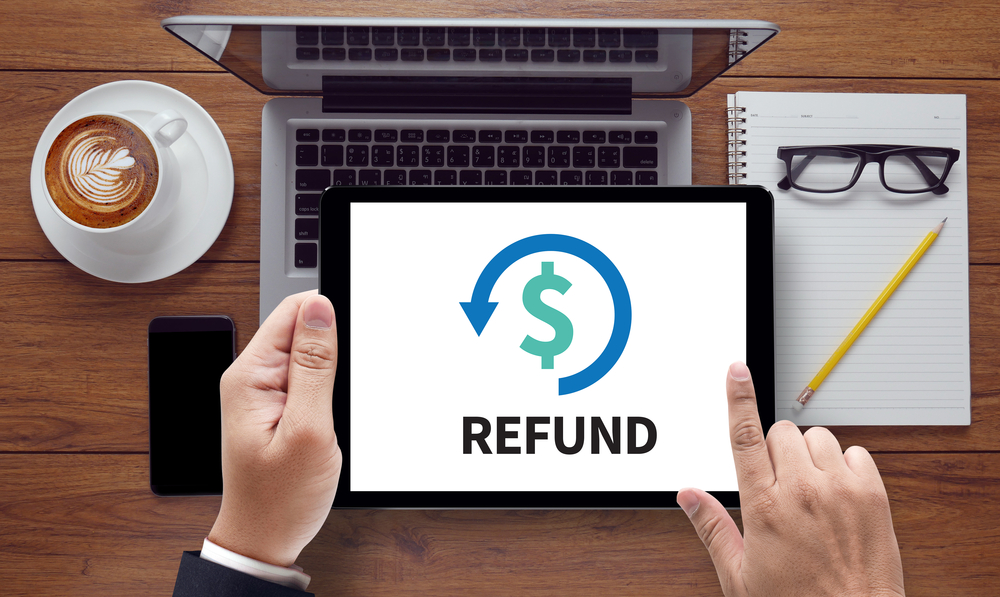Running an online business from home sounds like a dream right?
Of course it does.
However, there is a lot more to operating an eCommerce business than sitting in your PJs all day sipping coffee and raking in the cash. From marketing to site management, accounting to order fulfillment, running an online business is a serious task to take on.
If you want to be successful and generate as much positive cash flow as possible, one crucial thing you should be aware of as an eCommerce merchant is the concept of chargebacks.
Though you may already be semi-familiar with the idea of chargebacks, it is important you understand the entire process so that you can handle them appropriately should your customer initiate a chargeback with you.
What is a Chargeback?
In short, a chargeback is a transaction in which an issuing bank, like those that issue your customers their credit card lines of credit, pulls money from you (the merchant) and gives it back to the customer, even though the customer recently purchased something from you.
This can happen for several reasons:
- The customer is unhappy with a recent purchase or service
- A purchased item was never received by the customer
- Someone made a purchase using the cardholder’s credit card without authorization
- A customer intends to “purchase” an item from you and get a full refund
- A duplicated transaction was charged to a customer’s credit card
In all, after a chargeback is initiated with their issuing bank, chances are high the customer receives their money back in full, and you are left in the red.
Further emphasizing this point, it has been suggested that in 2015, merchants lost nearly $11.2 billion dollars in revenue to chargebacks alone.
How do Chargebacks Work?
When it comes to eCommerce sites and the majority of payment processors that finalize online purchases for those sites, this is generally how the chargeback process works:
Step 1: Customer Makes a Purchase. For a chargeback to occur, a customer must make a purchase in your online shop for either a physical or digital product or a service.
Step 2: Chargeback Initiation. When a customer reviews their credit card statement and notices an unauthorized charge, wants to conduct “friendly fraud” and attempt to get a full refund for an item actually purchased, notices a clerical error on the part of the merchant, or is simply not satisfied with their purchase, they will initiate a chargeback.
The customer contacts their credit card company (aka the issuing bank) asking for an investigation of the fraudulent charges.
Step 3: Issuing Bank Contacts Merchant’s Bank. Once a customer initiates a chargeback, their issuing back will then contact the merchant’s bank (your bank) asking for proof the customer did indeed make the purchase. Proof can come in the form of invoices, receipts, delivery notices, or anything else proving the purchase was valid.
Step 4: Decision. After reviewing your proof, the issuing bank renders a decision as to whether the purchase was valid or not.
Step 5: Customer’s Next Steps. Based on the issuing bank’s decision, the customer will either accept the proof the merchant’s bank provided and pay for the goods or services, or continue forward with the dispute. If the issuing bank determines the purchase as invalid, and the merchant’s bank agrees, the merchant’s bank will issue a full refund.
Step 6: If the merchant’s bank disagrees with the issuing bank’s decision, they will attend arbitration overseen by the issuing credit card company. After reviewing both sides of the story, the credit card company then renders a final decision.
In the end, there is some recourse for eCommerce shop owners when it comes to chargebacks. However, as the sheer number of them continue to rise, it is more important than ever that business owners take charge of their stores and prevent chargebacks from ruining their success.






